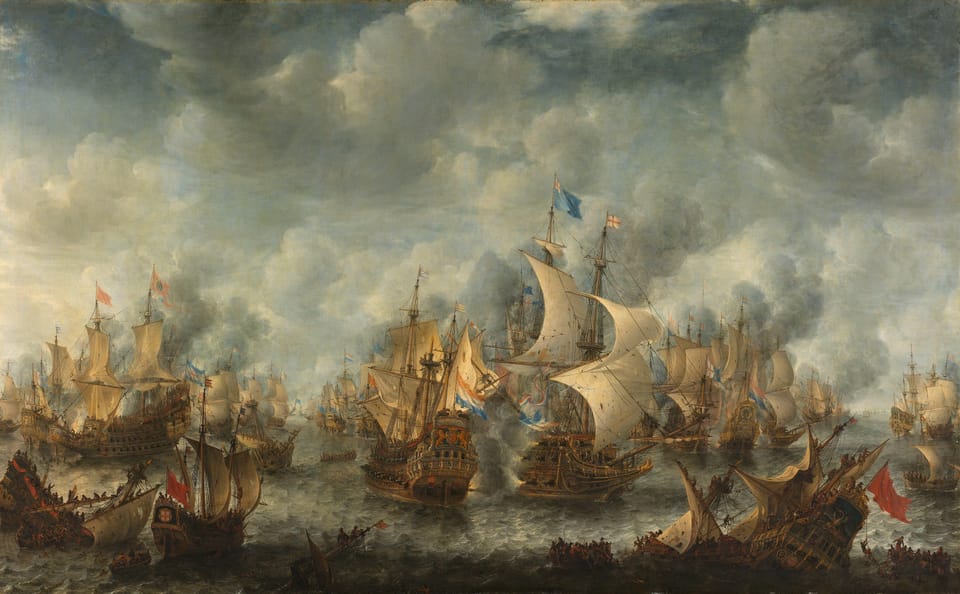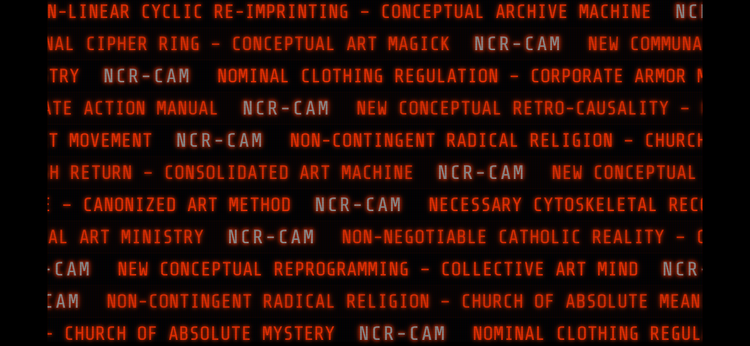The Dutch Invasion of 1688: A Blueprint for Modern Economic Shifts

When we look at the history of financial systems, there’s a tendency to focus on revolutions and wars as the catalysts for change. However, one of the most transformative shifts in history wasn’t marked by bloodshed alone, but by financial re-engineering. The Dutch invasion of 1688 is a perfect case in point. It offers a fascinating look into how changes in monetary systems reshape not only the economics of a nation but its entire social fabric—an idea that resonates powerfully in our current age of cryptocurrency and globalized trade wars.
A Financial Mission Disguised as Liberation
The invasion of 1688 by the Dutch, led by William of Orange, is often lauded as a moment of political liberation—a transfer of power that cemented the English parliamentary system. However, beneath the narrative of religious freedom and civil liberty lay a more strategic objective: finance. Facing an economic squeeze in his ongoing struggle against France, William realized that his native Holland, though financially sophisticated, lacked the economic muscle to sustain a prolonged conflict.
In what we could consider today a strategic market entry, William identified England’s political setup as ripe for reforming into a credit-generating machine. England had one vital ingredient Holland did not—an evolving constitutional system that could back large-scale borrowing. William’s plan was simple: export the Dutch financial model to England and use it as a platform to draw capital.
The Financial Trojan Horse: Debt as Leverage
When William imported Dutch finance, it wasn’t just about establishing a better tax system. It was about fundamentally changing the rules of the economic game. Dutch finance was predicated on a bold, albeit risky, principle: mortgaging the future labor and industry of the people to secure loans and protect property. Essentially, a government’s ability to tax and guarantee repayment turned credit into a driving force for national power.
For Holland, this system worked. The small, commercially focused nation had the financial cohesion to share in both the gains and burdens. But in England—a nation with a more diverse economy and rapidly expanding population—this system’s long-term effects were severe. It’s like introducing a high-stakes investment strategy to a different market without considering local risks.
The Legacy: A Culture of Debt and Recklessness
Over the next century, England’s embrace of the Dutch system led to profound social and economic consequences. Debt became a national habit, and credit transformed from an occasional tool into the bedrock of the country’s entire economic system. And with this came a shift in societal values. Public and private life adopted what we would now call a “high-risk, high-reward” mentality—often reckless in execution and blind to long-term costs.
From this emerged a society increasingly defined by material growth over moral cohesion. The rising middle class found itself squeezed between industries chasing profit at any cost and a ruling elite more concerned with protecting their investments than the well-being of the masses.
Parallels to Modern Financial Engineering
Today, we see echoes of this transformation in the rise of global financial markets, new monetary systems, and the digital currency boom. Just as England’s adoption of Dutch finance redefined its national priorities, our embrace of cryptocurrencies, aggressive monetary policies, and debt-financed growth is shifting international trade and power dynamics.
For instance, just as William’s England built its military and colonial ambitions on newfound financial leverage, modern economies are leveraging digital assets to fuel expansion and innovation. Yet, we’re also grappling with familiar challenges: social inequalities, the pitfalls of unchecked speculation, and the ethical implications of an economy that prioritizes growth over stability.
The Cost of Civil Liberties?
It’s tempting to frame financial shifts as stepping stones toward greater freedom and prosperity. However, a careful reading of the Bill of Rights or the subsequent legislation of the era shows that civil liberties weren’t as significantly expanded as the popular narrative suggests. Instead, what grew was a culture of economic dependency, a weakening of traditional safeguards, and an increasing reliance on new forms of financial discipline.
For those who argue that civil and religious liberties were the true gains of 1688, it’s worth asking at what cost these freedoms came. The English experience set the stage for many conflicts that followed—especially in places like Ireland, where the new political order led to religious tensions and long-lasting divisions.
Lessons for the Future
The financial transformation of 1688 was not just an isolated historical event but a reminder of how quickly new economic models can upend a nation’s trajectory. As we navigate our own period of rapid financial innovation, the lesson is clear: while financial systems can create immense power and opportunity, they also carry hidden social costs.
For today’s readers, especially those interested in the global shifts brought about by digital finance and new economic philosophies, the story of 1688 offers a timely reflection. We’re once again in an age where systems are evolving faster than we can understand their full implications. Let’s ensure we’re looking beyond the pretexts to understand the real causes and consequences—before history repeats itself.
By placing the 1688 Dutch invasion in the context of modern financial shifts, we can draw a line from past events to today’s challenges and opportunities. It’s not just about understanding history but using that understanding to navigate our present and future.
Appendix:
For those interested in exploring the 1688 Dutch invasion through open-source renderings and artifacts, several valuable resources provide visual, written, and even digitized primary sources from the event. Here are a few notable ones:
1. The Diary of Samuel Pepys (Digital Version):
Samuel Pepys, a notable diarist of the time, offers firsthand accounts and observations of England during this period. The entire diary is freely available through the Pepys Diary Project, which presents the original text with modern annotations and interpretations. While Pepys died in 1703, his diary includes significant context leading up to the events of 1688.
• Link: The Diary of Samuel Pepys Project
2. Digital Collections of the British Library:
The British Library has digitized a wealth of documents related to the Dutch invasion, including parliamentary papers, news pamphlets, and engravings. These resources offer both primary and interpretative material about the events, allowing a deep dive into the political climate and public reaction.
• Link: British Library Digital Collections
3. The Gutenberg Project – Historic Texts:
The Gutenberg Project features freely accessible books that analyze the Glorious Revolution (another name for the Dutch invasion). Works by historians such as Thomas Babington Macaulay or later interpretations can provide a clearer view of how the invasion was framed in historical narrative.
• Link: Gutenberg Project
4. Public Domain Artwork and Maps:
Open access repositories such as the Yale Center for British Art and Art UK have digitized public domain artwork and maps from the period. These collections include portraits of William of Orange, illustrations of the invasion, and maps of London during the transformation period.
• Link: Yale Center for British Art
5. Google Arts & Culture – Glorious Revolution Exhibits:
Google Arts & Culture provides an array of collections and digital exhibits related to the Dutch invasion, including engravings, visual art, and interactive timelines. These digital exhibits help put the events in context and present visual narratives that make the 1688 invasion more tangible to modern viewers.
• Link: Google Arts & Culture - Glorious Revolution
6. National Archives – Parliamentary Papers and Acts:
The UK National Archives offers digitized versions of parliamentary papers, proclamations, and acts passed during and after the Dutch invasion. These documents give insight into the legislative changes and royal proclamations issued during William’s rise to power.
• Link: The National Archives
7. Open History Project – Early Modern England:
This project provides openly accessible essays, primary sources, and lesson plans about Early Modern England, focusing on political, social, and financial transformations. It often includes letters, royal decrees, and financial records, which can be useful to track changes in the financial system post-invasion.
• Link: Open History Project
These open-source collections and digital repositories provide a rich context for the Dutch invasion and its lasting impact on England’s political and financial systems. If you’re looking to deepen your understanding, these resources offer a range of perspectives, from primary documents to artistic renderings and interpretative analyses.






Member discussion